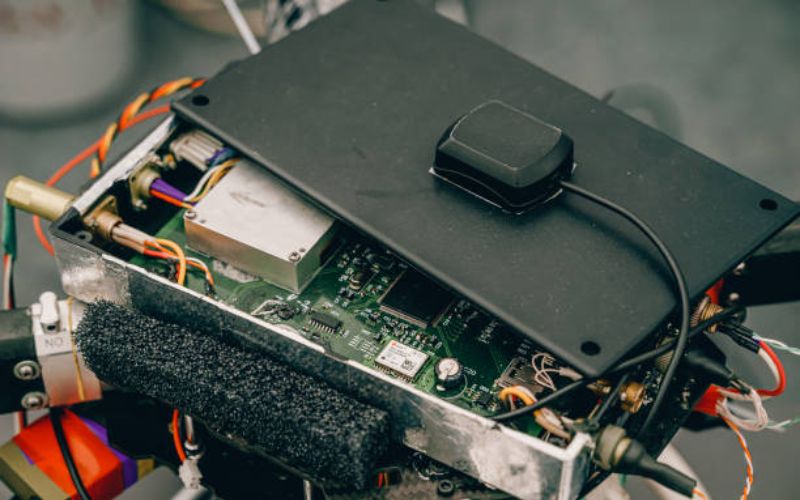Introduction
For electronic devices that generate a lot of heat, liquid cooling is a commonly used method to dissipate the heat. A liquid cold plate is an integral part of a liquid cooling system, where the cooling fluid flows through a specially designed plate that facilitates the transfer of heat from the electronic device to the coolant. This article explores the different types of liquid cold plates available in the market today.
1. Machined Channel Cold Plates
Machined channel cold plates are made by drilling channels into a solid block of material, usually copper or aluminum. The channels are machined to a specific design to provide optimal flow rates and good heat transfer performance. Machined channel cold plates are typically used in applications where high heat load is expected and liquid flow rates need to be managed for optimal cooling.
2. Brazed Cold Plates
Brazed cold plates are made by brazing copper or aluminum sheets together. The channels are formed by patterns that are etched into the sheets. The sheets are then stacked on top of each other and brazed together. Brazing creates a strong bond between the sheets and also provides good thermal conductivity. Brazed cold plates are typically used in applications where high heat load is expected and tight spaces are a constraint.
3. Folded Fin Cold Plates
Folded fin cold plates are made by pressing fins onto a flat bar. The fins are then folded to create channels for liquid flow. Folded fin cold plates provide a large surface area for heat transfer and are typically used in applications where high heat loads are expected and space constraints need to be taken into account.
4. Vacuum-Brazed Cold Plates
Vacuum-brazed cold plates are made by brazing aluminum or copper sheets together under vacuum conditions. This ensures that there are no voids or impurities in the bond, leading to excellent heat transfer performance. Vacuum-brazed cold plates are typically used in applications where high heat load is expected and tight spaces and weight are constraints.
5. Extruded Tube Cold Plates
Extruded tube cold plates are made by extruding a tube of aluminum or copper and then pressing fins onto it. The tube is then cut to length and connections are added. Extruded tube cold plates provide high performance and are typically used in applications where a high degree of customization is required.
6. Hybrid Cold Plates
Hybrid cold plates are made by combining two or more types of cold plates. For example, a machined channel cold plate can be combined with a folded fin cold plate to create a hybrid cold plate that has the advantages of both types. Hybrid cold plates are typically used in applications where a high degree of customization is required.
7. Micro-Channel Cold Plates
Micro-channel cold plates are made by etching channels into a flat piece of material, usually copper or aluminum. The channels are typically less than a millimeter in size and provide a large surface area for heat transfer. Micro-channel cold plates are typically used in applications where a high degree of cooling is required in a small space.
8. Pin-Fin Cold Plates
Pin-fin cold plates are made by punching pins into a flat piece of material, usually aluminum or copper. The pins provide a large surface area for heat transfer. Pin-fin cold plates are typically used in applications where a high degree of cooling is required in a small space and weight is a constraint.
9. Laminar Flow Cold Plates
Laminar flow cold plates are made by creating a flat plate with etched channels that cause the liquid to flow in a laminar fashion. This provides a high degree of control over the liquid flow and allows for uniform cooling. Laminar flow cold plates are typically used in applications where uniform cooling is required, such as in laser diode cooling.
10. Hi-Flux Cold Plates
Hi-flux cold plates are made by embedding a large number of short tubes into a plate. The tubes provide a large surface area for heat transfer and allow for a high degree of customization. Hi-flux cold plates are typically used in applications where a high degree of customization is required and high heat loads are expected.

